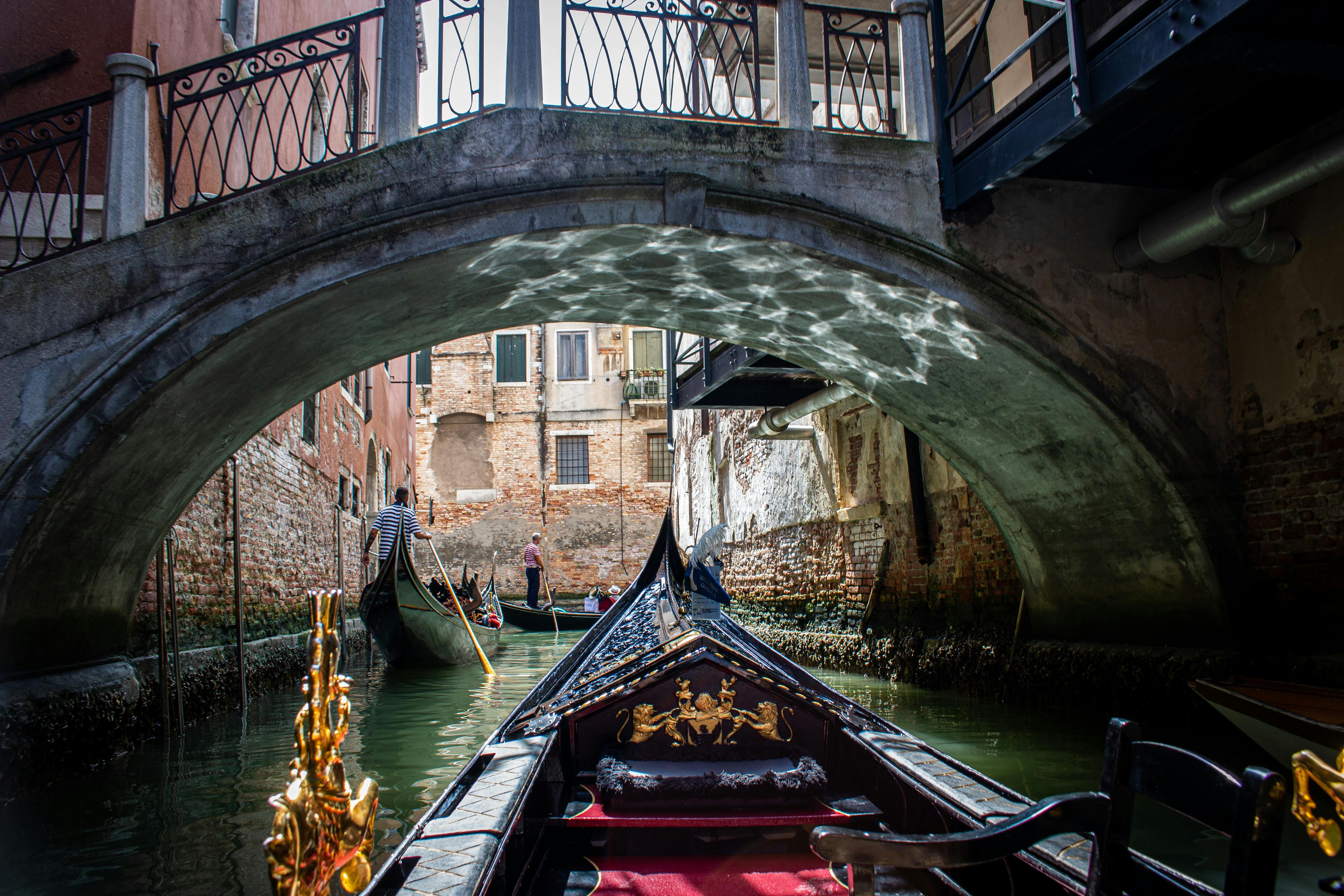Wiltshire County is one of the richest historic counties in the country with a wealth of prehistory on display, including the world famous sites of Stonehenge, Avebury and Silbury Hill. Although not densely populated, the county has many notable settlements and this two-part article looks at the different profiles of the five largest. In the first part, we’ll review the top five while taking a look at the history and culture of each city in the next part.
Swindon
Swindon is a town in North Wiltshire. It is by far the largest town in the county with a population of over 155,000 according to the 2001 census and is the only town in Wiltshire to have seen large-scale industrialization in its role as a major transport hub; initially with the canals, more significantly with the railways and later with the M4 corridor which runs from London to Bristol and on to Swansea. Along with other cities on the M4 corridor such as Slough, Reading, Newbury and Bristol, it has become a hub, particularly for the service and technology industries. Although it falls within the ceremonial county boundaries of Wiltshire, it actually falls within the Swindon district and is therefore separate from the government of the rest of the county.
Salisbury
Also known as New Sarum, Salisbury is the only city in the county of Wiltshire and is the second largest settlement behind Swindon with a population of around 40,000. Formerly at the center of the Salisbury district, it is now under the control of the Wiltshire Council Unitary Authority, with the city’s charter being held by Salisbury City Council. The town is located in the south of the county at the confluence of Salisbury/Hampshire Avon with Bourne, Nadder, Wylye and Ebble, close to the Hampshire border. In particular, it also lends its name to the expanse of limestone land, the Salisbury Plain, which extends to the north and covers the interior of the county. It has been a city since time immemorial and due to its proximity to Stonehenge, the New Forest and a number of historic attractions such as its famous Cathedral and Old Sarum, it is a notable tourist destination as well as an important trading city.
bridge
Despite being only the third largest town in Wiltshire with a population of over 28,000, Trowbridge is also the administrative and ceremonial capital of the county. In a county where the two largest settlements are to the north and south, the city was considered the ideal place to locate the county’s administrative functions due to its more central location in a cluster of western settlements. Trowbridge sits on the River Biss with the Kennet and Avon Canal running through it as well, and is just 12 miles from the historic spa town of Bath.
Chippenham
In the northwest of the county of Wiltshire is the fourth largest settlement, Chippenham, with a population of around 28,000, slightly behind that of Trowbridge. The historic market town is situated on the River Avon (Bristol Avon), roughly midway between the relative metropolis of Swindon and Bath. As such, it largely serves as a commuter city but with a growing industry due to its healthy transport links.
melksham
The smallest of Wiltshire’s five major towns is Melksham, with a population of just 21,000. The town is another of the Wiltshire settlements that lies on Bristol Avon in the west of the county and, similar to nearby Trowbridge and Chippenham, lies just across the county border from Bath. As with its closest neighbours, the city’s profile is that of a small market town with thriving commercial property due to its proximity to the M4 corridor.
Having highlighted and introduced the five major Wiltshire settlements, the soon to be published part two of this article will delve into the rich history and culture of each in a bit more detail.
